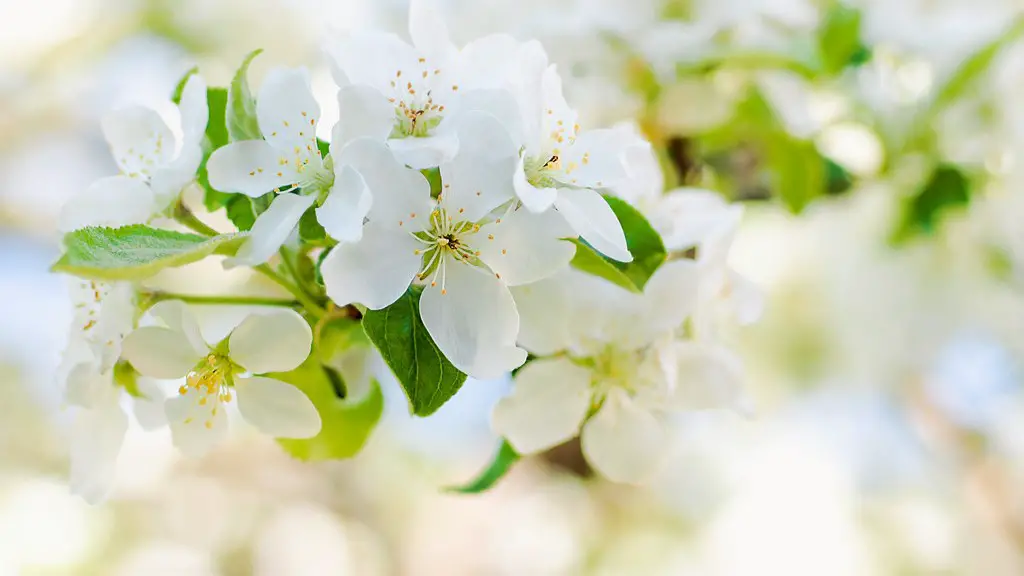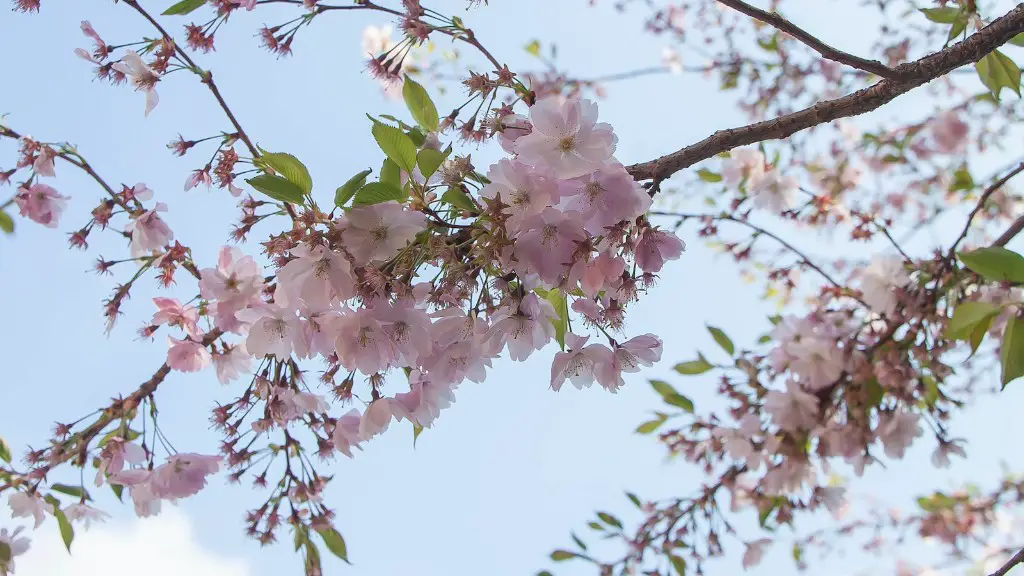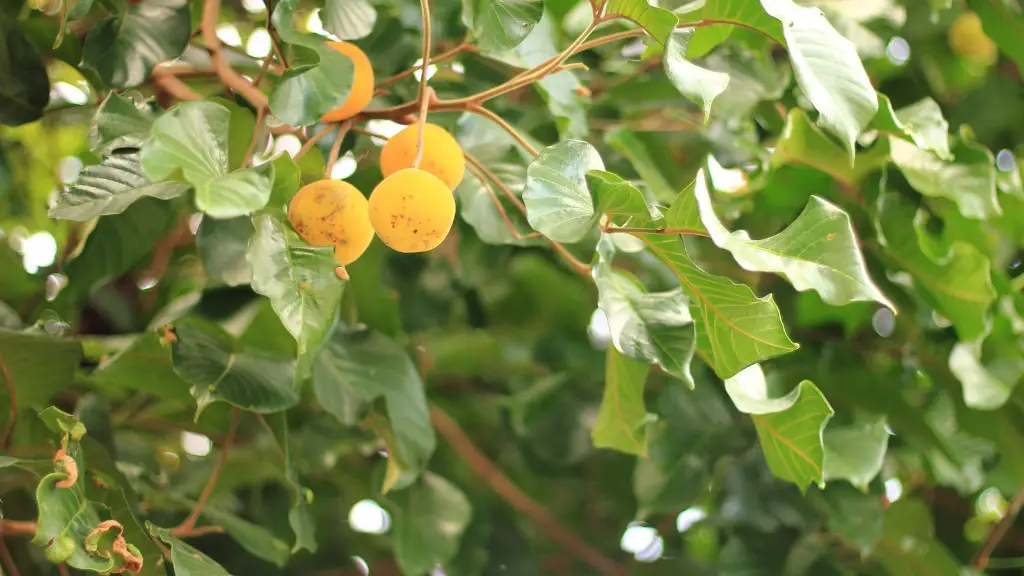Pruning a neglected apple tree can be quite intimidating, especially if it’s been left to its own devices for some time. Pruning is essential to keep your apple tree healthy and producing the best and most fruitful fruit. Here are seven steps to help you get started.
1. Start by deciding why you are pruning – this could be to improve shape, increase light and air circulation, optimize fruiting, or reduce size. Once you have determined your goal, you are better equipped to decide which limbs and stems need to be trimmed.
2. You will want to use the three Ds method throughout the pruning process – dead, damaged, and diseased. Dead limbs should be removed entirely, as should any damaged or diseased branches, twigs, or beats.
3. It’s important to remove any suckers or water sprouts during the pruning process. Suckers are low-hanging branches that compete for resources, while sprouts are straight and vertical, growing from the base or main branches of the tree.
4. Additionally, you will want to spot check any limbs that may have grown too close together, or that are crossing. It’s important to remove competing branch unions to provide better balance, allow for more sunlight and air circulation, and increase fruit production.
5. When making cuts, focus on pruning just outside the branch collar – the swollen area between the branch and the main stem of the tree. This is an important area as it allows the tree to begin the healing process.
6. Indoors, you should prune in the winter months when the tree is in its dormant state. This is the optimal window for pruning your apple tree as it will help to preserve the energy the tree has stored.
7. Finally, when you are done pruning for the season, apply a berry-type or pruning sealer to the fresh cuts that you made. This helps to protect the tree from any fungi or bacteria that could otherwise attack its wounds.
Importance of Pruning
Pruning is extremely important in a tree’s ability to produce branches and fruit, as it removes excess growth and encourages the tree to grow in a healthy pattern. It can also help to open up the tree so that sunlight and air can circulate, reducing the chance of disease. Furthermore, good pruning can significantly optimize the amount of fruit that can be harvested.
Period of Pruning
When pruning your apple tree, it is essential to keep the timing in mind. Pruning at the wrong time of year can shock the tree and leave it exposed to infection. Depending on the type of apple tree, you will want to prune during the winter or late winter when it is dormant to best preserve the stored energy of the tree.
Tools for Pruning
When pruning your apple tree, it is important to use the proper tools. Sharp cutting tools and loppers are must-haves when pruning any kind of tree. Pruning saws are also helpful for larger branches, and it’s wise to always have a pair of gloves and some sort of tarp on hand to catch the falling debris.
Consequences of Over-Pruning
When pruning, it is important to keep in mind that too much of a good thing isn’t always good. Over-pruning your apple tree can often have a more negative effect than good. It’s important to remember that every time you prune, you reduce the amount of wood, and thus reduce the amount of food that can be produced by the tree.
After-Care Following Pruning
Good after-care pays off.After pruning is complete, the fresh cuts should be treated with a berry sealer or pruning sealer to help protect from disease and infection, depending on the type and size of the tree. Furthermore, pruned trees should be fed regularly to help them regain their lost energy and replace any essential nutrients that may have been removed during the pruning process.


